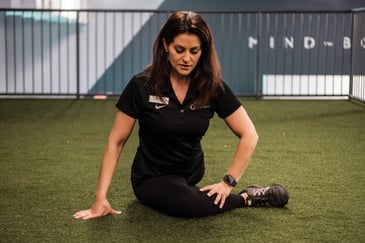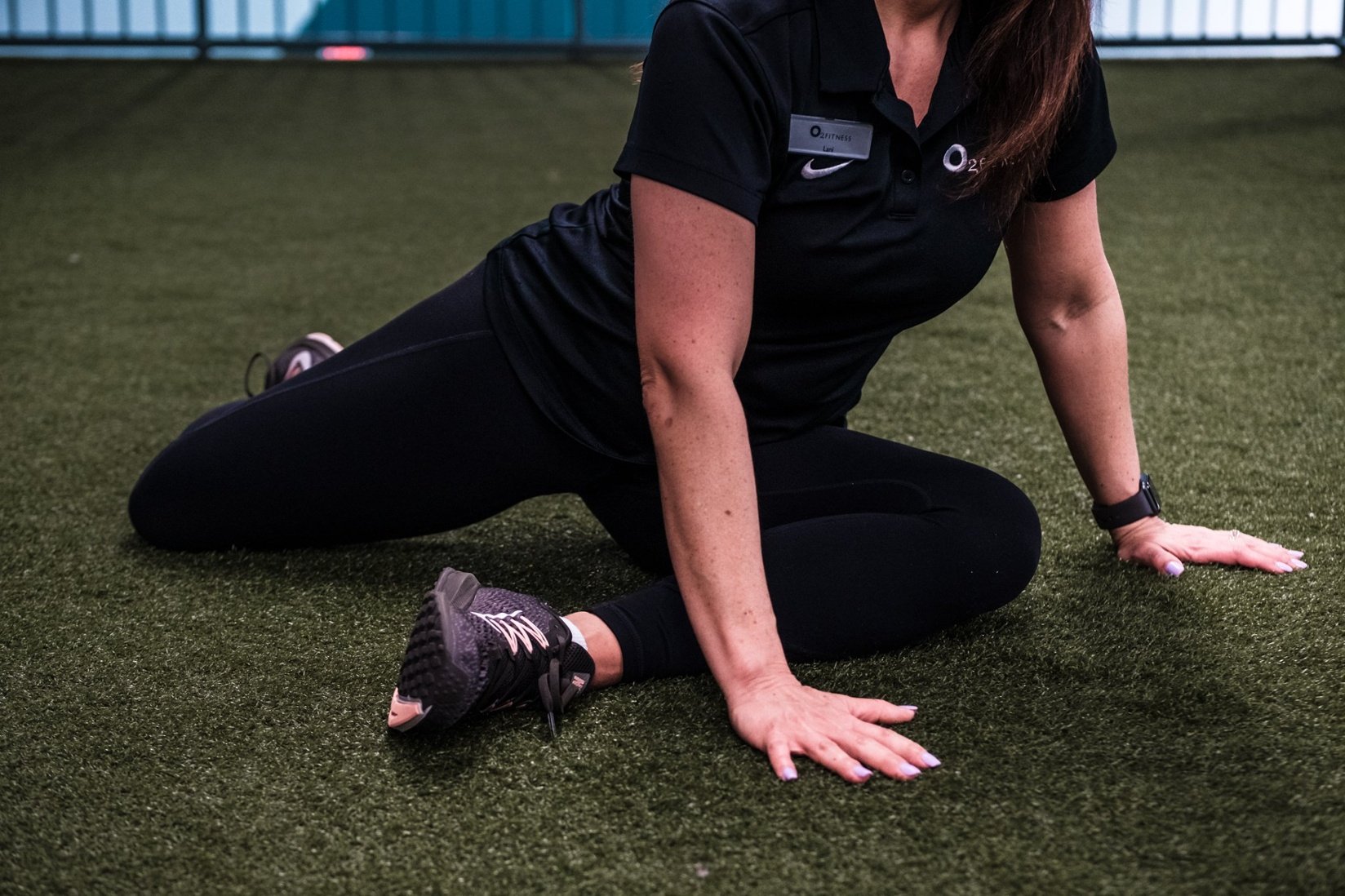Are you incorporating glute training into your fitness routine? You should be! Not only does strength training in general increase overall mobility and muscle mass, but it also helps to prevent injury. Since the glutes are among the largest muscles in the body, strengthening them will only help your fitness as a whole. We sat down with Park Place Fitness Director Lani Hudgins to talk all about the importance of training glutes and how to properly warm up before your next glute day.
Why is it important to train glutes?
One of the leading causes of lower back pain is underdeveloped glutes. The glute muscles - maximus, medius, and minimus - perform hip extension, hip abduction, and rotation and support the lower back. When they are too weak to perform their intended function, other muscles will take over. These muscles weren't designed for that purpose. This leads to pain and muscular imbalances. Of course, another reason so many individuals work the glutes is because strong glutes look great! Who doesn't want a nice booty?
How many days per week should you train glutes?
The frequency you should train glutes depends primarily on three factors: your goal, the type of exercises you are doing, and your level of development. Exercise is a stimulus (S) that breaks down the muscle. The body will repair the muscle during recovery (R). The muscle will then adapt (A) and be stronger. You will want to use this adaptation as a starting point for new muscle growth. Training too soon, during the recovery phase for example, might cause the muscle to decrease in functional size. Train too infrequently, and you are unable to use the peak of the SRA curve.
Conditioned individuals generally recover from exercises such as banded side walks or hip abductions in 1-2 days. It may take 2-3 days to recover from cable kickbacks or step-ups. One can expect recovery to last 3-4 days after doing large compound movements such as barbell squats or deadlifts. If you have a specific goal to grow your glutes, I'd recommend connecting with one of our certified Personal Trainers who will assess your level of conditioning and design an individualized program taking all of these factors into account.
Why is it important to warm up before a glute workout?
The purpose of warming up is to prep the muscles that support proper hip extension. I encourage foam rolling, especially if you've been seated at your desk all day! This will ensure fascia isn’t excessively tight. Then I have clients perform movements that open the hips which reduce the chances of hyper-extending the lower back.
Is warming up the same as stretching? Should I stretch before or after a workout?
The warm-up should be a period of lighter exercise and last 5-10 minutes. Dynamic stretches, a movement that mimics the movement pattern in the upcoming workout, can be done during a warm-up as they prepare the muscle for the exercise. Static stretching, a movement placing the targeted muscle in an end-range position and holding for 20-30 seconds, should be performed after a workout, when muscles are warm. Ballistic stretching (bouncing-type movements) may be associated with an increased risk for injury and aren't widely advocated.
What are some of your favorite glute warm-ups?
After foam rolling, I encourage clients to perform glute bridges, donkey kickbacks, banded side walks, step-ups, and/or air squats.
What's your favorite stretch to do after a glute workout?
I love to find a quiet corner in the gym or go into the Mind~Body room (if it's not in use) and stretch after a glute workout! Two of my favorites are the Figure-4 stretch and the pigeon pose which stretches the piriformis muscle and other external hip rotators.
Why is it important to cool down after training?
A cool-down period is important primarily to prevent the tendency for blood to pool in the extremities. An active cool-down helps remove metabolic waste from the muscles so that it can be metabolized by other tissues. A stretching routine following the cool-down can also improve flexibility.
GET MORE BOOTY-BOOSTING TIPS WITH THE FREE 4-WEEK BOOTY CHALLENGE →









.jpeg)
.jpg)
.jpg)